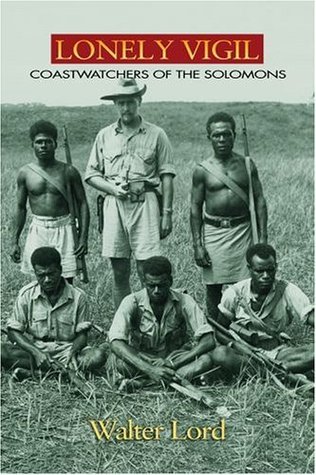What do you think?
Rate this book


322 pages, Paperback
First published January 1, 1977
By the time Rhoades checked the body of the officer he shot, some American souvenir hunter had already beaten him to the Samurai sword. But he learned the officer’s name from his diary. It was Naoto Niyake, the moody young naval doctor. Despite the sword, Niyake met something less than a Samurai’s end. He was not filled with martial zeal; he was filled with gloom and self doubt. He did not die gloriously; he died taking a leak…